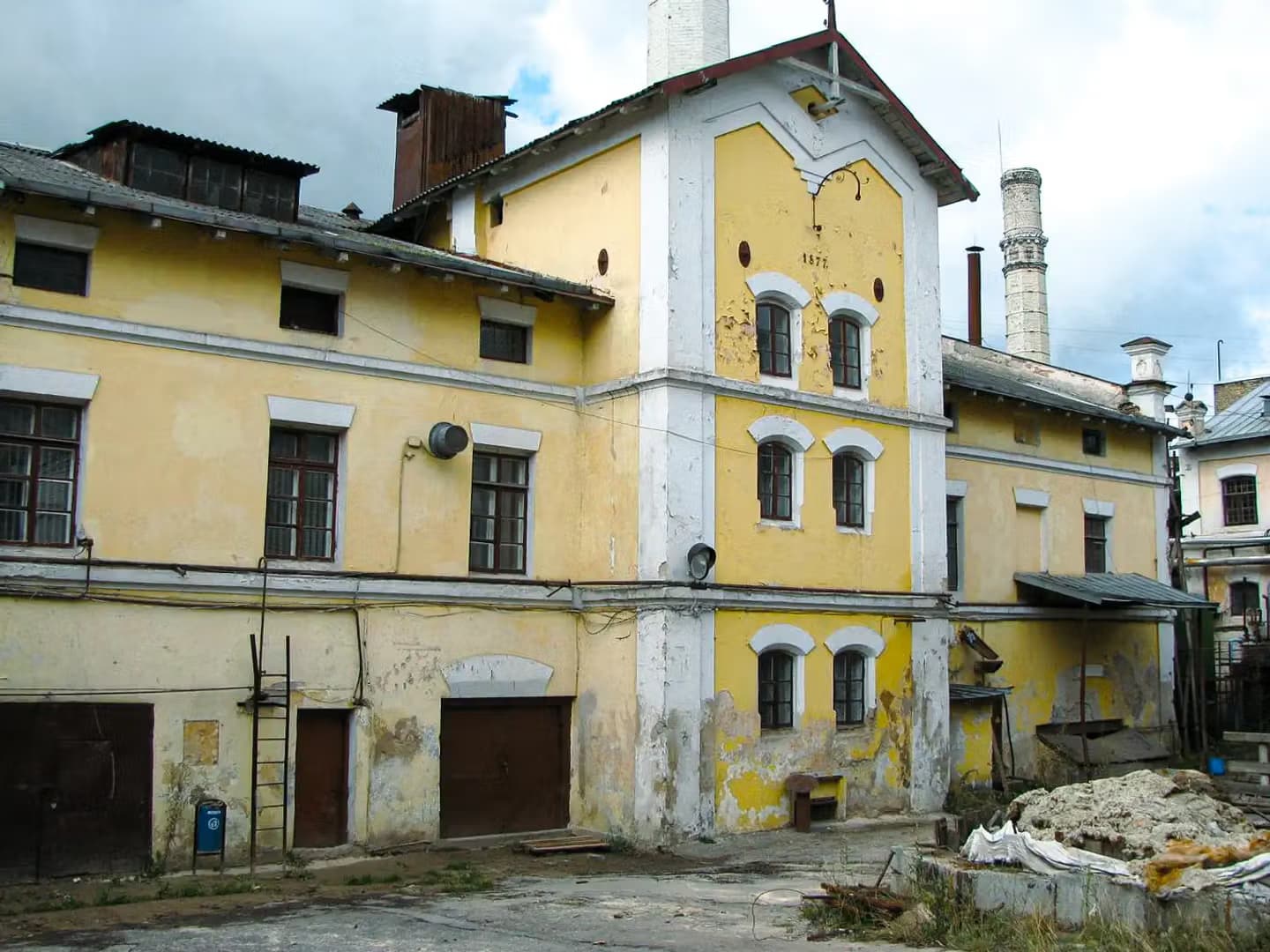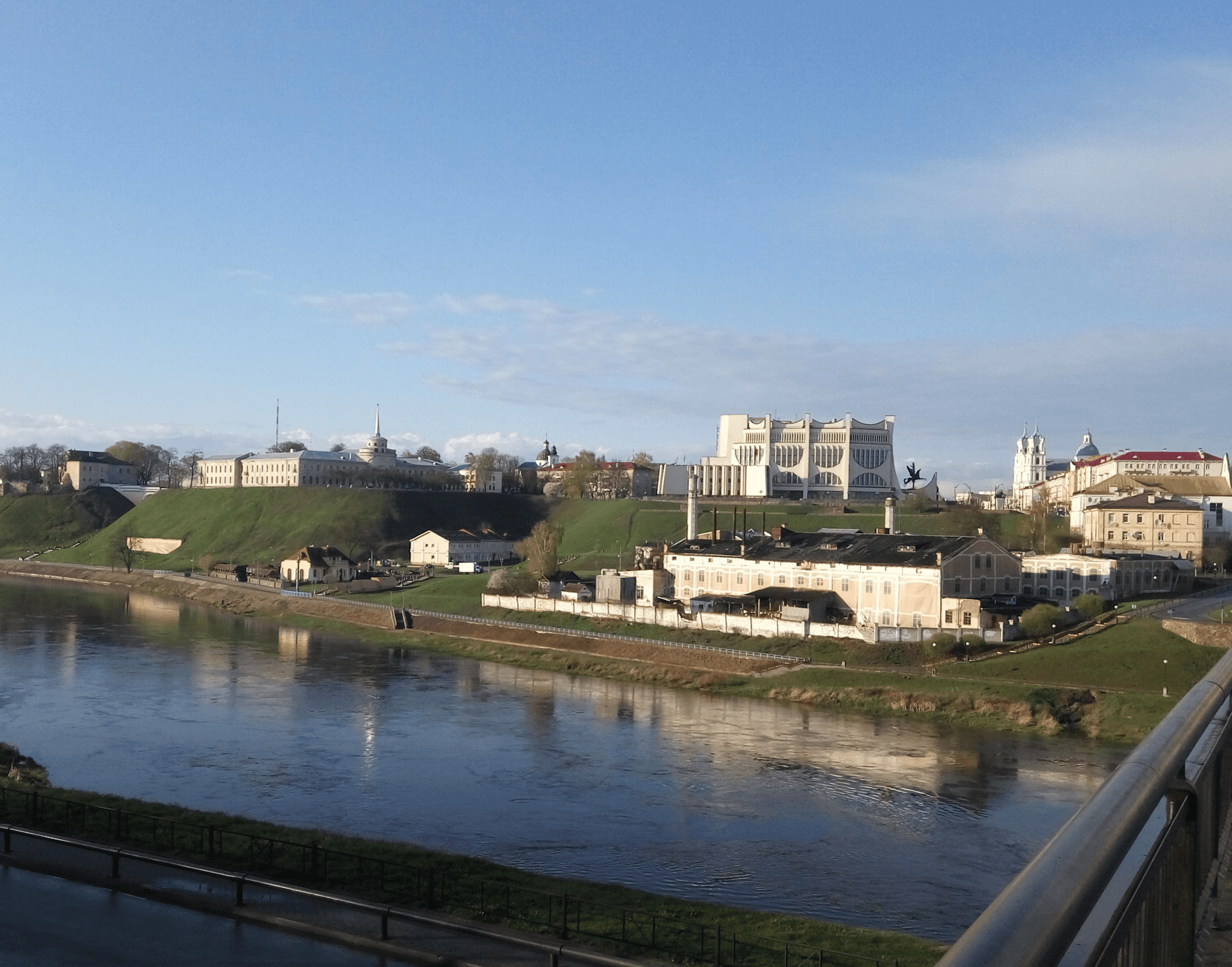Grodno. The Kunz Brewery.
Landmark
Grodno region, Grodno, Zavodskaya street, 2
Description
Grodno brewery is a monument of industrial architecture, founded in 1877 by the Austrian businessman Joseph Kunz. It is located in a building that previously belonged to the noble families of Sapieha and Oginsky, preserving the architectural details of the past. Beer production was carried out according to European standards, and by the beginning of the 20th century, volumes reached more than 3.5 million liters per year. The plant's products were in demand not only in Grodno, but also in other cities of the Russian Empire.
By the end of the 20th century, the factory, which operated on outdated equipment, could not compete with the imported beer that flooded the market. In 2007, beer production was finally stopped, and the legal entity itself was abolished in 2014. Since then, the building has gradually fallen into disrepair. In 2020, the complex of buildings of the former brewery acquired a new owner, and a large-scale restoration of the entire complex began in 2022.
Website:
https://grodnobrowar.by/Categories
On restoration
Historical
Architectural monument
Comments
Reviews to the Place
1Yaroslav Sg
23.10.2025
Grodno. The Kunz Brewery.
In the center of Grodno, on the banks of the Neman River, there is a complex of buildings with a history dating back to the 19th century. It was originally the Sapieha and Oginsky Palace. In the 1870s, it was acquired by the Austrian entrepreneur Jozef Kunz, who studied brewing in Prague. In 1877, he rebuilt the building into a brewery, retaining some of the architectural elements. Thus began the history of the Grodno brewery.
By the beginning of the 20th century, the factory had become the largest in the city. The production was carried out according to European standards, with equipment from the Czech Republic and Germany. In 1914, the volume exceeded 3.5 million liters. Beer was supplied not only to the region, but also to other cities of the Russian Empire.
In the 20th century, the factory changed owners several times. After Kunz, it was run by his sons, then by Bronislaw Kratkovsky. In the interwar period, Horace Geller. In the First World War, some of the equipment was exported to Germany, and later production was continued by Yudal Margolis. In the 1930s, the quality of the products improved.
During the Second World War, the plant continued to operate. The Germans used it to supply troops, and the generators were useful to the city after the war. In Soviet times, the company was nationalized and continued to operate even after the collapse of the USSR.
By the end of the 20th century, the plant had become unprofitable due to outdated equipment and competition with imports. Production was stopped in 2007, and the company was liquidated in 2014. The buildings began to collapse, but retained their historical value.
In 2020, a new owner appeared. The restoration began in 2022. Pilasters, arches and basements have been discovered extending under the banks of the Neman River. A museum, art space and restoration of the brewery are planned. There is also the construction of a new quarter, coordinated with the historical part.


-1761150408821.png&w=3840&q=75)

-1761150280654.png&w=3840&q=75)